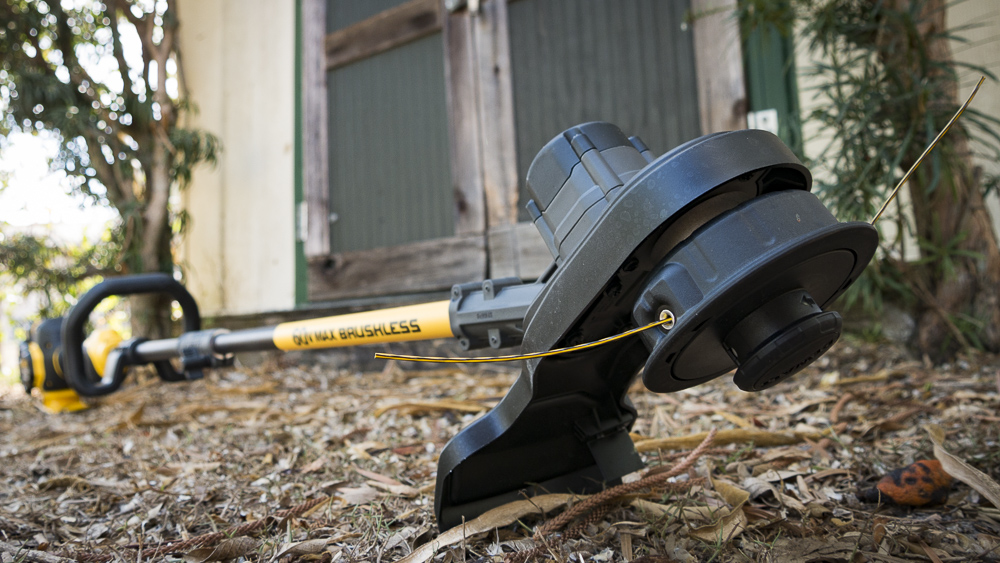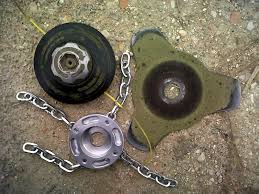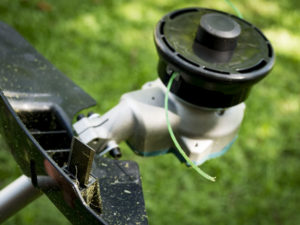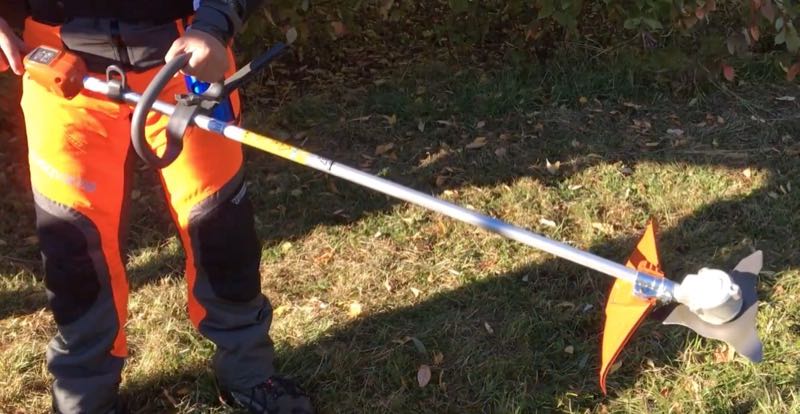When it comes to keeping a lawn neat and tidy, the string trimmer shines as a multi-purpose workhorse. Depending on the application, one could use it to mow down hard-to-access areas, trim up grass and weeds that a mower can’t quite reach, clear out thicker brush, and edge out lines for a cleaner-looking yard. So, what size string trimmer line should you use for trimming grass?
The answer lies in how you intend to use your string trimmer. Read on.
The Role of the String Trimmer Head
Generally speaking, string trimmers use a monofilament line to cut through grass, weeds…whatever. By spinning that line at a high speed, the cutting head generates enough centrifugal force to hold the line out at a stiff, horizontal angle. This lets it cut through most grass types quite easily.
The height and arc of the string trimmer are manually adjusted by the operator, making the trimmer quite useful for cutting around trees, walls, fences, rock beds, etc. In addition, you can turn a string trimmer vertically to use it as an edger against sidewalks and driveways.
On many gas models, both the cutting heads and lines can be switched out. This lets them accommodate a variety of line gauges. Not so much with battery-powered models.
Check the user manual (or with your dealer) to see what gauges your cutting head can handle. Thinner spooled line, thicker pre-cut line, serrated and square lines—even blades or chains could be used if you have a strong enough system. Each string trimmer line size also comes in a variety of shapes, thicknesses, and materials.
With that said—which strong trimmer line size and type work best for which applications?
String Trimmer Line Size Means Thickness
This probably comes as no surprise to anyone, but the general rule with string trimmer line size is that the tougher the application, the thicker the line needs to be. A larger diameter line increases the power and durability of the line, which leads to less breakage and wear-out.
Thicker line, however, requires more power to drive it at the same speed.
String trimmer line comes in a range of thicknesses or sizes. For light work, such as trimming grass, 0.065″-0.085″ should be sufficient. For thicker grass and weeds, a line in the 0.085″-0.110″ range will get the job done, and for thicker underbrush, anything thicker than 0.110″ will work.
One note about cordless string trimmers: thicker strings will affect power and runtime. As the thickness of the line jumps up, more wind resistance affects the cutting head, slowing down the speed at which the engine can rotate the cutting head. Higher voltage and beefier cordless trimmers (see: the EGO Power Head String Trimmer) will probably be able to manage thicker gauge string trimmer line more efficiently, but lower voltage models might struggle with a thicker line. Generally, it’s best to refer to the manufacturer’s recommendation for string size.
String Trimmer Line Shaping
The shape of the line also affects the cutting efficiency. String trimmer line comes in a variety of shapes: round, twisted, square, star-shaped, and serrated. Rounded line is the most common type available, but because it lacks a cutting edge, it rips the grass rather than cutting it. Twisted line is a bit better, as the shape has a little more of a cutting edge to it.
Some line comes in a square or star shape. The edges of these string trimmer lines are sharper than rounded trimmer line, and cut through the grass rather than tear at it. Serrated line is also an option when it comes to a sharper trimmer line. It has teeth, similar to a kitchen knife, and “saws” through heavier grass and weeds with relative ease.
Check Out These Stihl Trimmer Line Options
As an example of how trimmer line shape can vary—even from a single manufacturer, check out these options Stihl has for its customers:
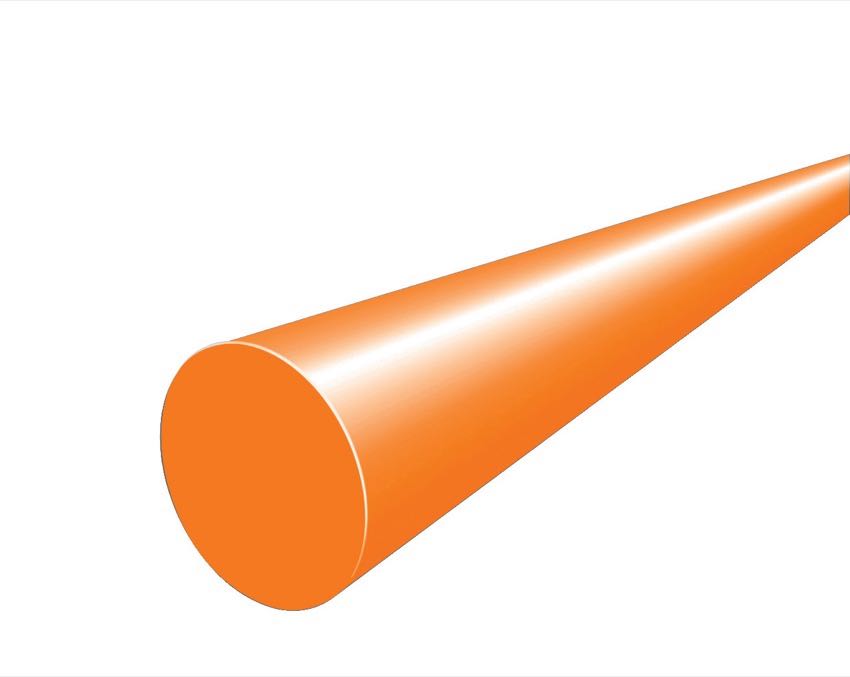
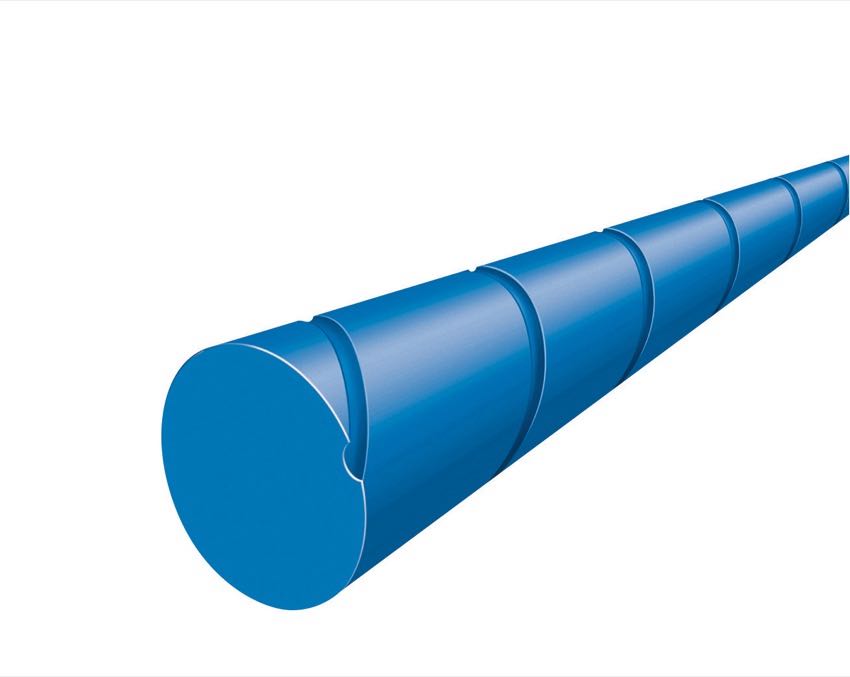
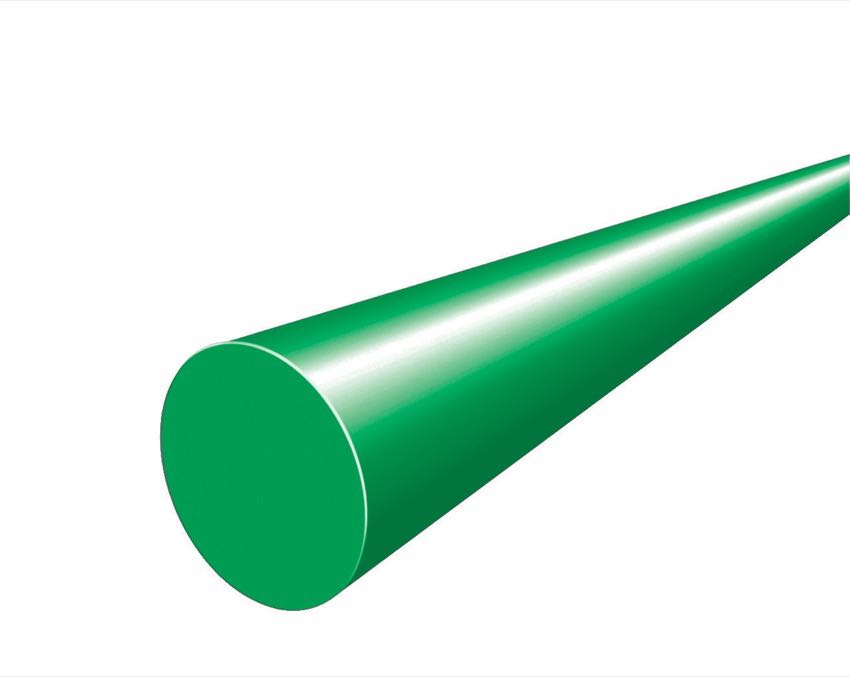
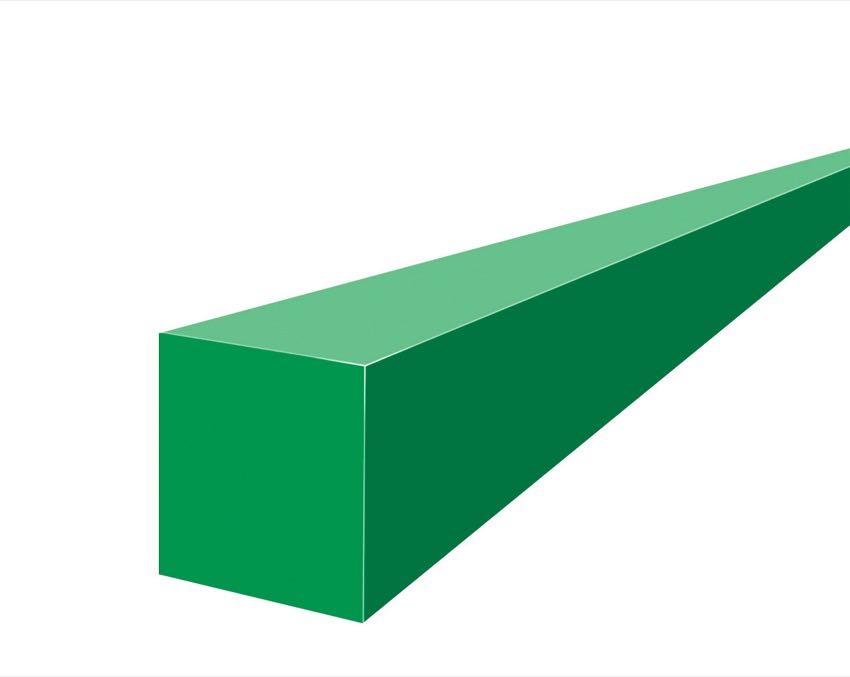
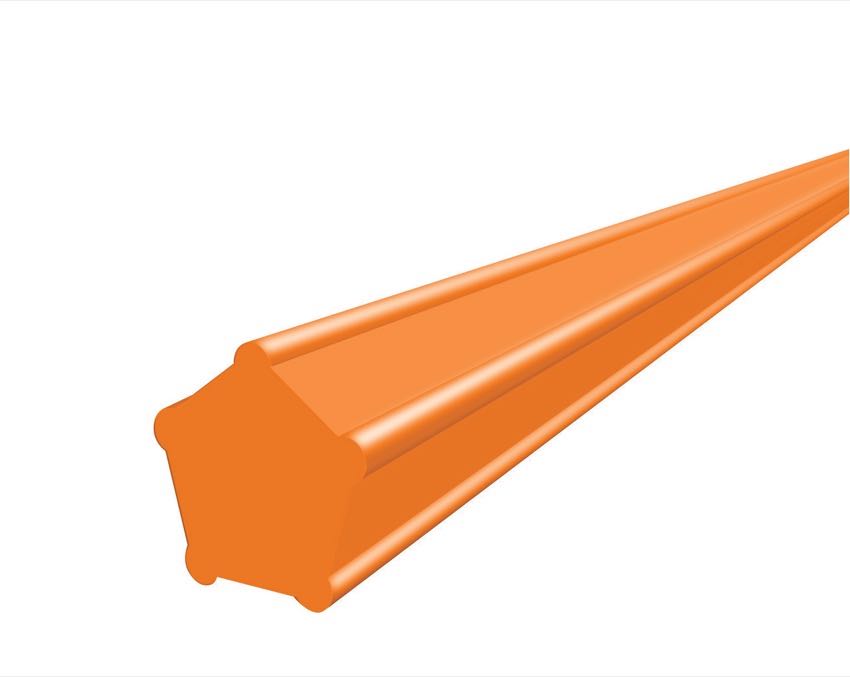
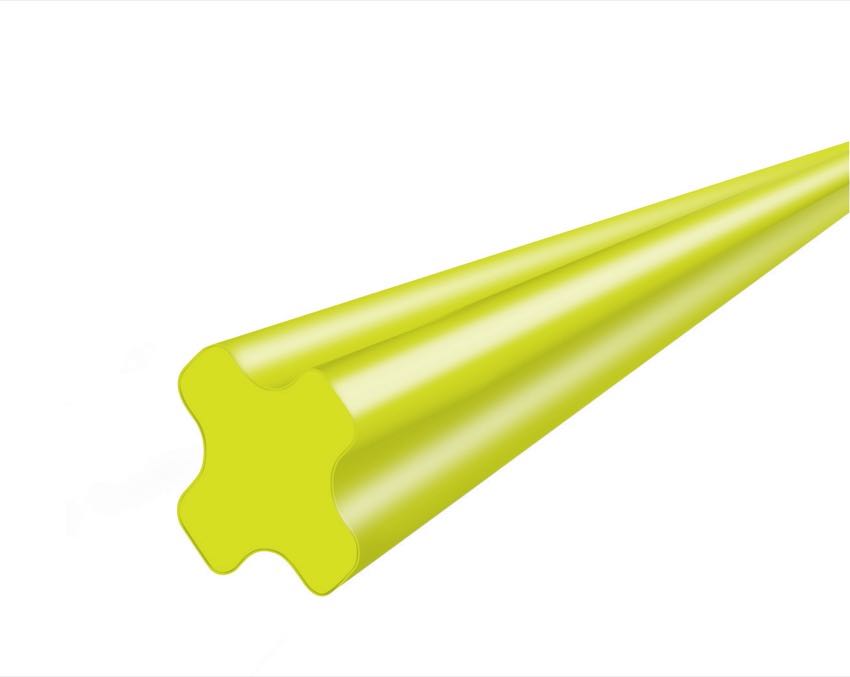
The shape of the line optimizes it for different applications. Some shapes are only available in certain diameters. Others come in a wider variety. Trimmer line can be formulated to resist fraying and splitting or for durability, noise reduction, strength, and temperature resistance.
String Trimmer Line Material
Nylon line is the most common line available, but it tends to wear out and break quickly on anything but lighter-duty jobs. Manufacturers have come out with a variety of alternatives for heavier-duty jobs, however. Some examples include reinforced composite nylon, internally reinforced nylon, and aluminum additives for added strength.
Although not line in the technical sense, some of the beefier string trimmers can work with nylon, or even metal, blades. All of these options improve the durability of the light gauge nylon string, but if the vast majority of your trimming work centers on light grass clipping, you can probably get by with inexpensive nylon line.
Final Thoughts
So, what type of string trimmer line size should you use? The easiest answer: probably the heaviest and sharpest gauge that my trimmer can effectively turn without losing power to wind resistance. Assuming your string trimmer has the power, you won’t lose much cutting efficiency by using a heavier line. When you need to jump over to heavier-duty trimming work, that ensures you won’t have to mess around with changing your line to handle it.
For most homeowners, round nylon line probably suffices for the vast majority of simple trimming needs. You might need something heavier for edging and clearing out underbrush. However, for handling grass around the house and yard, a light-gauge round nylon trimmer line does the trick.
Of course, this assumes normal wear and tear on the line won’t bother you too much. If you want to spend less time re-spooling your cutting head, switching to a more durable material is a good, though pricier, option.

